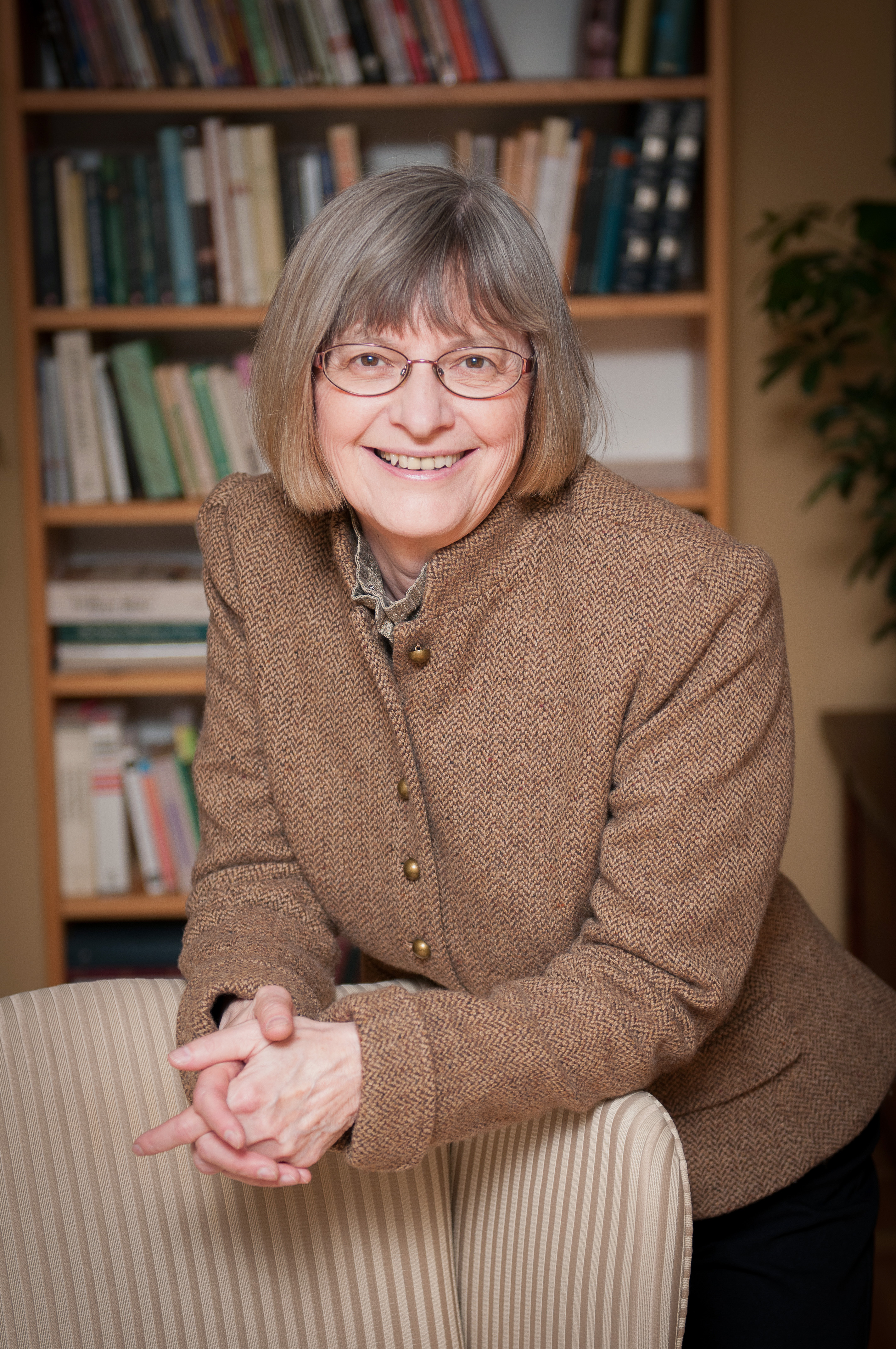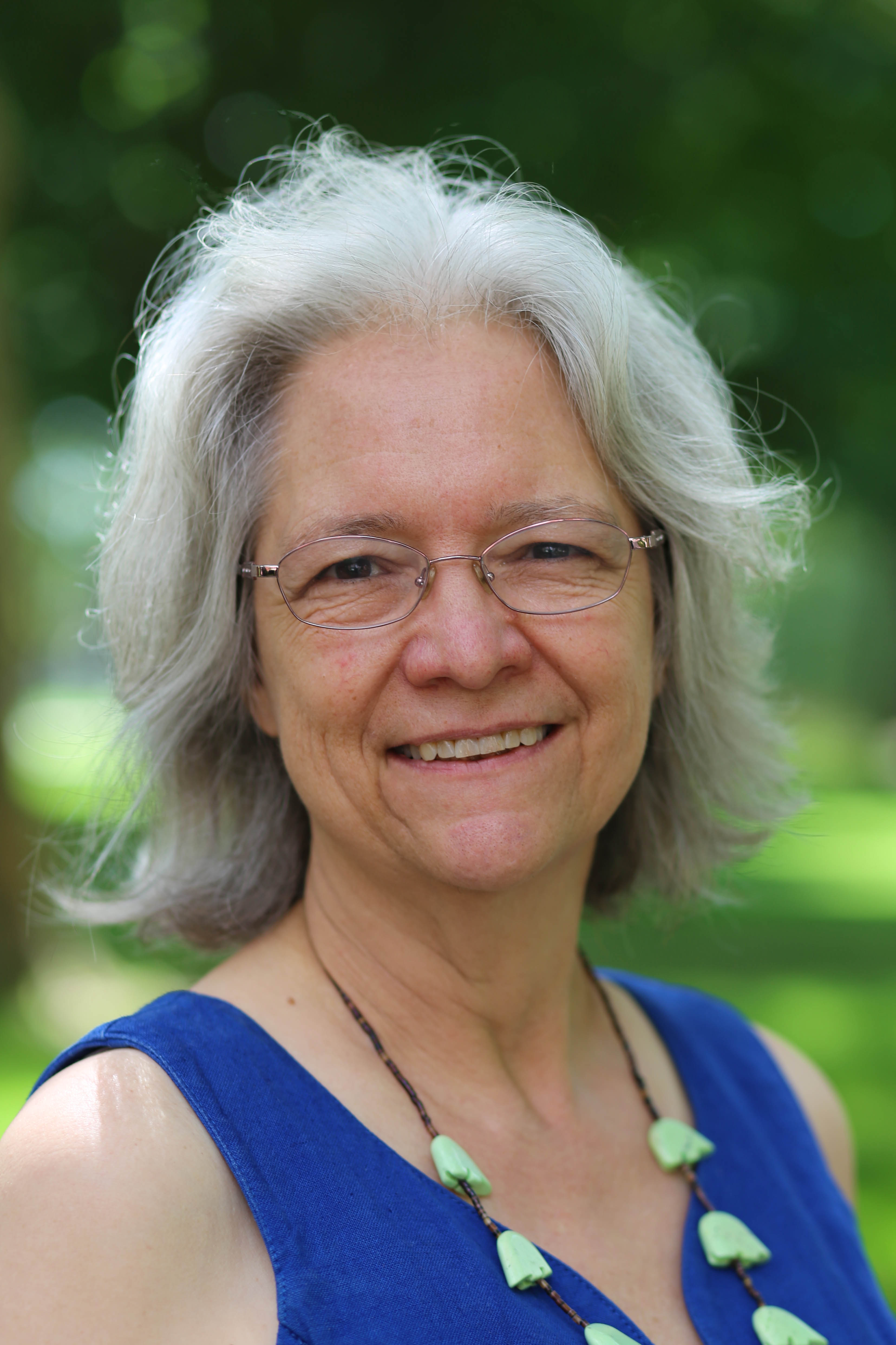
One of the first Canadian women to become a professor at a leading Canadian University--the University of Toronto from which she received her Ph.D. in 1976--Magdalene Redekop published her first book on the work of Alice Munro. It wasn’t until fifteen years later that she combined her work on comedy in Canadian literature with a novel approach to Mennonite literature. “The Pickling of the Mennonite Madonna,” a seminal—or should I say an ovarian—work in this field, delightfully draws upon the oral tradition of both Low German Mennonite culture and conference presentations as it presents an argument against the reification of maternal images in Mennonite literature. She does this by playing both with sophisticated theory and everyday examples from her Mennonite past such as “the button game.”
“The Pickling of the Mennonite Madonna” appeared in Acts of Concealment, edited by Hildi Frose Tiessen and Peter Hichcliffe, a gathering of works presented at the first Mennonite/s Writing conference at the University of Waterloo. The editors did a great service by helping those of us who could not attend to taste its astounding variety of creative and critical work—including the likes of Sarah Klassen, Al Reimer, Harry Loewen, David Walter-Toews, Di Brandt and Patrick Friesen along with Redekop.
Redekop’s “The Mother Tongue in Cyberspace,” which appeared in the inaugural issue of the Journal of Mennonite Writing in 2009, elaborates on the concern of “Pickling” with the evocation of an invisible oral tradition that converses with both her text and its readers, drawing us into a 3-way exchange. When the Mennonite Quarterly Review found Redekop’s desire to preserve the oral dimensions of her talk a bit unorthodox, the online Journal of Mennonite Writing was the beneficiary. In our inaugural issue, we linked audio files of Kopp and Bua, a low German comedy routine, to Maggie’s talk. This is just one example of how Redekop has been an innovator in crossing genres and disciplines as well as cultures. One might say that in form, as well as in style, Maggie bases her academic work on a relational matrix of meaning-making borrowed from her Mennonite experience. Her essays strive to create a spielraum, something she writes about extensively in Making Believe, her latest critical book, in which she explores the interface between Mennonite literature and visual art. According to Redekop, "Art authorizes a Spielraum, a playing space that makes possible the creation of communities that are interactive and open, multiple, and overlapping. Different kinds of art do this in different ways, but all are defined sites where we make believe together" (55).
In Making Believe (Univ. of Manitoba Press, 2020), Redekop builds on Mary Louise Pratt's concept of the "contact zone" to describe the place of creative cross-fertilization that she believes gives rise to art, especially for artists from sectarian backgrounds where religious belief provides the predominant narrative and world view. Redekop's focus is on artists from Mennonite background, particularly in Canada; Warren Rohrer is one of the few US Mennonite artists who appears in her study.
While most of Redekop's examples and material arise from an in-depth study of historical and cultural forces in a particular place and context, her theorizing is more broadly applicable. The concept of "Spielraum" [playroom], borrowed from Michel de Certeau, is key to her understanding of Mennonite art and complements the term "positive marginality" that Lois Gray used in her formation of the Creative Mennonites Discussion Group (see JMW, vol. 13, no. 1). In fact, the discussion group provided a "spielraum" in which participants could play "making believe" together while examining the beliefs that had "made" their world views.
Redekop asks, "[H]ow then do we affirm and experience the joy of community in art without acting out our erasure of others?" (54). In sectarian communities, the edges and boundaries are the places where nonconforming members of the group can be found, artists often among them. But instead of finding these edges as places of threatened exile, Redekop celebrates them as "contact zones" full of the possibility of connection.
A recent example of Redekop’s cross-disciplinary work is her essay for the Voices Together Catalog, in which she explores what it means to sing hymns in the presence of visual art. At Mennonite/s Writing 2022, participants had the privilege of hearing Maggie talk about this work, and singing hymns with her and composer Adam Tice in the gallery.
Thank you, Maggie, for showing us so many ways to make believe with each other.
